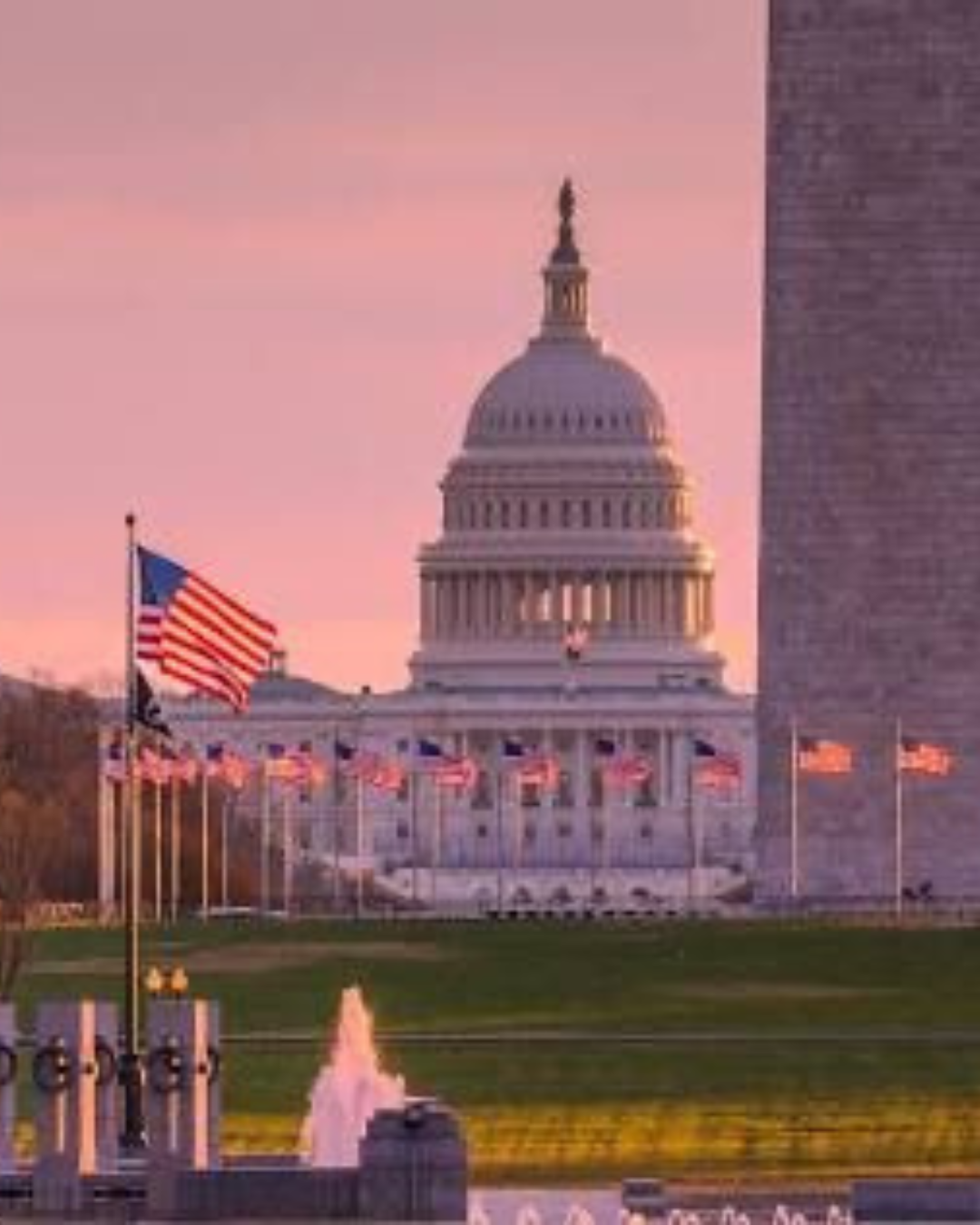On Saturday, June 14, 2025, Americans from coast to coast turned out for protests reflecting both opposition to and support of President Trump’s immigration enforcement and broader agenda. Sparked by the federal government’s recent ramp-up in ICE activity in Los Angeles earlier this month, demonstrations have expanded into one of the largest coordinated days of protest in recent memory.
Catalysts and Expansion
Starting with ICE-led raids in L.A. on June 6, protesters have gathered daily, demanding justice after aggressive federal moves into local institutions—some of which included homeless shelters and clinics. Amplified by a citywide curfew and emergency declaration, what began as peaceful marches have occasionally escalated to tense confrontations.
Federal Force vs. State Defiance
The Trump administration deployed over 4,000 National Guard troops plus Marines to Los Angeles to assist federal agencies. California’s leadership responded with a lawsuit, claiming the deployment bypassed proper authorization—an argument now paused during an appeals process.

Protests Nationwide
• Seattle: Demonstrators set fires and vandalized, prompting police to fortify federal buildings.
• Chicago and New York: Rallies near ICE facilities and iconic landmarks drew thousands, with some arrests during sit-ins.
• Los Angeles: Over 80 were arrested as law enforcement used tear gas and enforced curfews.
• Additional cities—Denver, Philadelphia, San Antonio, Tucson, and Spokane—also saw protests, from peaceful marches to more heated encounters.
“No Kings” Day
Coinciding with Trump’s military parade and birthday celebrations in Washington, more than 1,800 protests are being staged under the banner “No Kings.” Organizers, including Indivisible and Planned Parenthood, stress peaceful action and nonviolence.
Political Repercussions
Democratic leaders contend the federal government’s approach impinges on civil liberties and sets a dangerous precedent, citing concerns over putting active-duty troops into domestic disputes. Congressional hearings are being demanded, while gubernatorial factions emerge across party lines.
Voices from the Streets
From immigrant families in L.A. to first-time activists in Manhattan, protest participants describe fear, frustration, and resilience. From “ICE out of New York!” chants to calls for sanctuary, the sentiment is palpable.
Administration’s Stand
The administration says immigration enforcement won’t stop, asserting that troop deployment, while rare, is necessary to uphold order and public safety.
What Comes Next
As Saturday progresses, the scale and tone of protests—and the federal response—could shape future policies, court rulings, and the national debate on federal power versus grassroots civil rights. Finally, these events may leave a lasting impression on America’s view of military involvement in domestic affairs and civic activism.










